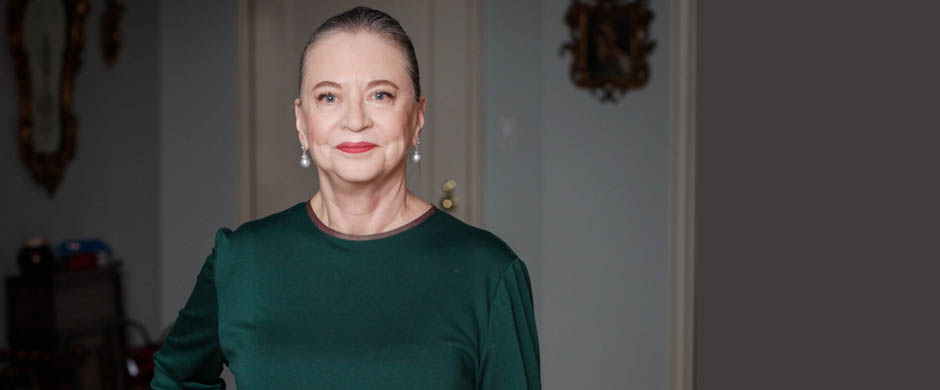Dianne Dwyer Modestini is an internationally renowned conservator of old master and nineteenth-century paintings. Ms. Modestini received a B.A. in Art History from Barnard College, Columbia University, in 1968. After graduation, she spent a year in Florence where she studied drawing at the Academia di Belle Arti and Italian. In later years, she was to return often to this beloved city where, in 1996, she began and directed the restoration program at the Villa La Pietra. She is on the board of the Fondazione Roberto Longhi in Florence.
In 1973, she obtained an M.A. and Certificate of Advanced Study in Art Conservation from the State University of New York at Oneonta, Cooperstown Graduate Program, under the direction of Caroline and Sheldon Keck. She also studied conservation of mural paintings with Laura and Paolo Mora at the International Center for the Conservation of Cultural Property in Rome.
In 1974, Ms. Modestini was appointed Assistant Conservator of Paintings at the Metropolitan Museum of Art. She was responsible for the collection of American paintings in preparation for the reopening of the American Wing, and, under the direction of John Brealey, she also worked on paintings of other schools and periods. Ms. Modestini was engaged by the Samuel H. Kress Foundation in 1983 to undertake a comprehensive survey of Kress paintings that had been donated to eighteen museums around the United States in 1961 under the foundation’s Regional Gallery Program. The project brought her into contact with one of the twentieth century’s greatest restorers and connoisseurs of Italian painting, the former Conservator and Curator of the Kress Collection, Mario Modestini. In l987, having been promoted to full Conservator, she left the Metropolitan Museum and opened a private practice in paintings conservation with Mr. Modestini.
Ms. Modestini began to teach at New York University’s Conservation Center of the Institute of Fine Arts in 1988. The following year, she initiated a pilot class combining the results of her ongoing survey of the dispersed Kress Collection with her new role as educator. The success of the class led to the launch of the Samuel H. Kress Program in Paintings Conservation in 1989.
The purpose of the Kress Program is to provide students with the opportunity to complete the study and restoration of a painting under the guidance of Ms. Modestini, assisted by the Kress Fellow, a young professional conservator, in the context of an advanced treatment class. With the progress of instrumental analysis, and the burgeoning interest in the study of materials and techniques among art historians, the course has expanded to include technical studies, including polarized light microscopy and cross-sectional analysis of paint samples to identify pigments, and non-destructive identification of their constituent elements with X-ray fluorescence, and SEM-EDS. Imaging with UV, digital X-radiography, infrared reflectography, and multi-band reflectography are also employed.
The Kress course is based on a traditional, humanistic approach, with the guiding philosophy that each painting has its own particular concerns arising from its fabrication, treatment history, and the varying ways in which its diverse materials have altered over time. Maintaining the relationships among the formal values within a composition, particularly amidst the myriad complications arising from the fragmentary nature of numerous Late Medieval and Renaissance paintings in the Kress Collection, is of paramount importance. In addition to mastering specific skills and studying the ascertainable material aspects of a painting, Ms. Modestini tries to foster her students’ sense of judgment by encouraging them to look at other paintings by the same artist or school in combination with art historical research and the compilation of extant historical documentation of past conservation treatments.
With the encouragement of the Kress foundation, the program has in recent years begun to post the results of present and past treatments on the IFA website. In the future, there will be a collaboration with a similar project, funded by the foundation, at the National Gallery of Art in Washington, D.C.
In May 2017 Ms. Modestini received a Doctor of Humane Letters, honoris causa, from Fairfield University. Her book, Masterpieces, on the life and work of Mario Modestini will be published in late 2017 in an English and Italian version by Edizioni Cadmo, an imprint of Casalini Editori, Florence.





